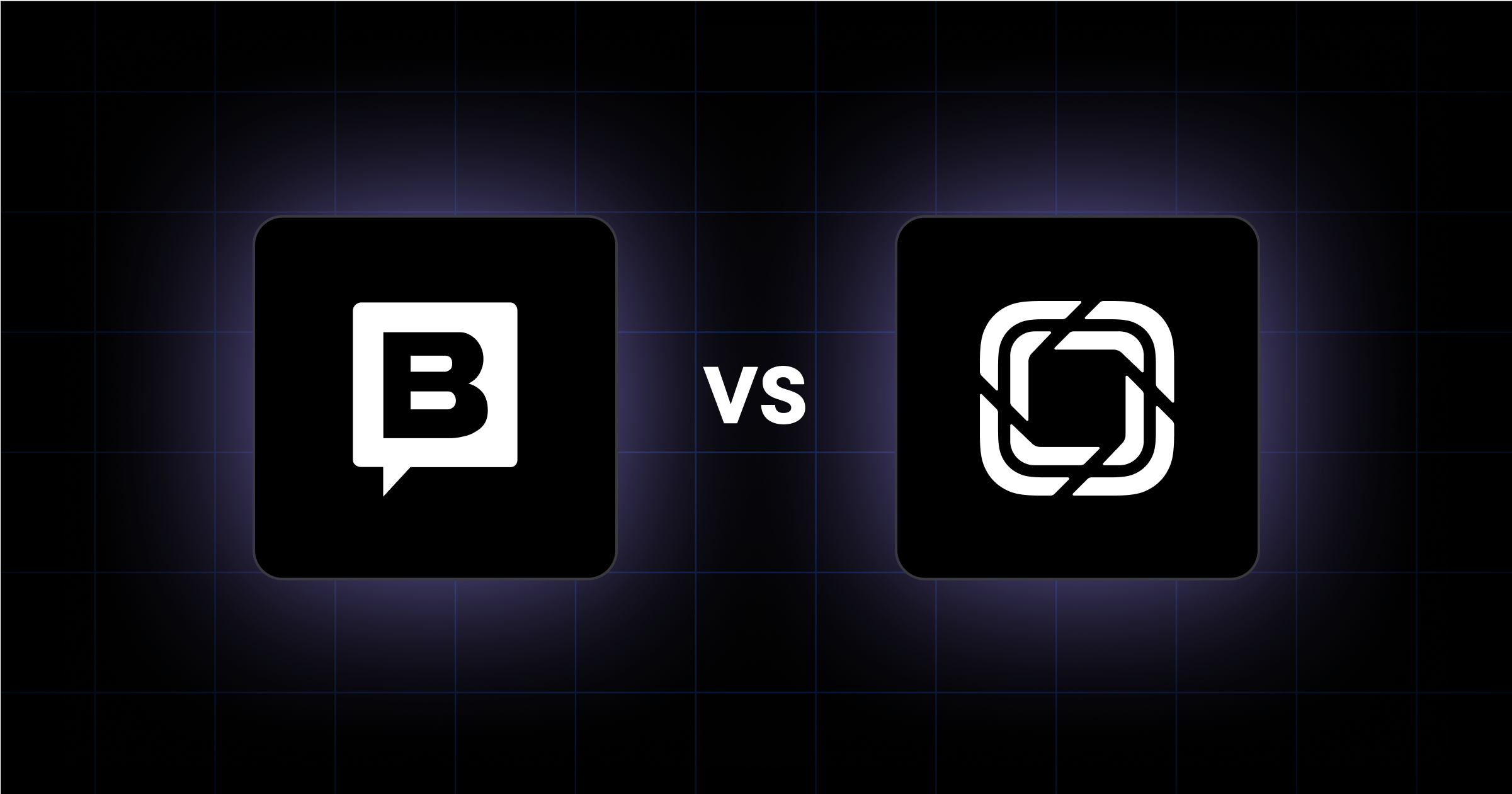You’re thinking about migrating your website. Maybe you’re rebranding, moving to a new platform, or aiming to improve site performance. Whatever the reason, you need to know what you’re getting into.
Website migration can bring significant benefits but also comes with risks. Proper planning and execution can make the difference between a smooth transition and a traffic disaster. So, what exactly is website migration, and why does it matter?
What is Website Migration?
Website migration involves making substantial changes to a website’s structure, design, or location. This could mean moving to a new domain, changing hosting providers, or switching from HTTP to HTTPS. Each type of migration has its own set of challenges and benefits.
Common reasons for website migration include rebranding, improving site performance, enhancing security, or adopting a new content management system. You might also migrate to improve user experience or to scale your site more effectively. Each reason requires a tailored approach to ensure success.
Proper planning and execution are non-negotiable. Without a solid plan, you risk losing search engine rankings, facing technical issues, or even losing content. A well-executed migration ensures that your site remains accessible and functional, minimizing downtime and preserving your SEO efforts.

What Are the SEO Risks of Website Migration?
404 errors
Website migration often leads to 404 errors, which occur when a page can't be found. These errors frustrate users and signal to search engines that your site has issues. If search engines encounter too many 404 errors, they may lower your site's ranking. Regularly check for broken links and set up proper redirects to mitigate this risk.
Lost rankings
Migrating your website can result in lost rankings. Search engines need time to reindex your site, and during this period, your rankings may drop. This can affect your visibility and organic traffic. To minimize ranking loss, ensure your new site structure is optimized and all SEO elements are intact.
Missing content
Content can go missing during migration. This happens due to errors in transferring files or database issues. Missing content affects user experience and search engine indexing. Double-check that all content has been successfully migrated and appears correctly on the new site.
Lost revenue
Lost rankings and missing content can lead to lost revenue. If users can't find your site or encounter errors, they may go to competitors. This is especially damaging for e-commerce sites. Monitor your site's performance closely after migration to quickly address any issues that could impact revenue.
What Are the Key Steps in Preparing for Website Migration?
Create an SEO migration plan
Start with a comprehensive SEO migration plan. Outline your objectives, timeline, and key tasks. Identify the team members responsible for each task. Include a checklist to ensure nothing gets overlooked. Document your current SEO performance metrics to compare post-migration results.
Prepare for migration type
Identify the type of migration you’re undertaking. Whether it's a domain change, platform switch, or structural overhaul, each type requires specific preparations. For instance, a domain change involves updating DNS settings, while a platform switch might require reconfiguring databases. Tailor your plan to address the unique challenges of your migration type.
Make a copy of the site
Create a full backup of your current site. This includes all files, databases, and configurations. Use this copy as a staging environment to test the migration. This step ensures you have a fallback option if anything goes wrong during the actual migration.
Block staging site access
Prevent search engines from indexing your staging site. Use robots.txt to disallow crawlers and add a noindex tag to each page. Password-protect the staging environment to block unauthorized access. This step avoids duplicate content issues and ensures that only the live site gets indexed.
Prepare the new site
Set up the new site in your staging environment. Implement the new design, structure, or platform changes. Ensure that all content, images, and media files are correctly transferred. Test the new site thoroughly to identify and fix any issues before going live.
Set up Google Analytics 4
Install Google Analytics 4 on your staging site. Configure it to track key metrics such as page views, user behavior, and conversions. This setup allows you to monitor the new site's performance from day one. Ensure that all tracking codes are correctly implemented and functioning.
Run a technical SEO audit
Conduct a technical SEO audit on the staging site. Use tools to check for issues like broken links, missing meta tags, and slow page load times. Verify that the new site adheres to SEO best practices. Address any issues identified during the audit to ensure a smooth transition.
Give Googlebot temporary access
Temporarily allow Googlebot to crawl your staging site. Remove password protection and update robots.txt to permit crawling. Verify that Googlebot can access all pages without encountering errors. This step ensures that the new site is crawlable and indexable before going live.
Update DNS TTL value
Adjust the DNS Time to Live (TTL) value to a lower setting. This change speeds up the propagation of DNS updates when you switch to the new site. A lower TTL value ensures that the new site becomes accessible more quickly. After the migration, you can revert the TTL value to its original setting.

What Are the Key Steps to Complete the Migration?
Before diving into the migration, it's natural to feel a bit anxious about potential pitfalls. Here’s how to navigate this critical phase smoothly.
Record site status and backup content
Before making any changes, document the current status of your site. Capture screenshots of key pages, note down your current SEO metrics, and save a copy of your sitemap. This information will help you compare the old and new sites post-migration. Next, create a full backup of your site, including all files, databases, and configurations. This backup serves as a safety net, allowing you to restore your site if anything goes wrong during the migration process.
Migrate in chunks
Migrating your site in smaller sections reduces the risk of errors and makes troubleshooting easier. Start with less critical sections of your site to identify any potential issues. Once you’re confident that the migration process is smooth, move on to more important sections. This step-by-step approach helps ensure that each part of your site is functioning correctly before moving on to the next.
Update DNS settings
If you’re changing your hosting provider or domain, you’ll need to update your DNS settings. This involves pointing your domain to the new server’s IP address. Make this change during a low-traffic period to minimize disruption. Once updated, the DNS changes may take some time to propagate, so be patient and monitor the transition closely.
Remove website blocks
Ensure that your new site is accessible to both users and search engines. Remove any temporary blocks, such as password protection or noindex tags, that were used during the staging phase. Verify that your robots.txt file is correctly configured to allow search engines to crawl your site. This step ensures that your site is ready to be indexed and ranked by search engines.
Enable redirects and removals
Set up 301 redirects from old URLs to their new counterparts. This helps preserve your SEO rankings by transferring link equity from the old pages to the new ones. Also, remove any outdated or irrelevant pages, using a 410 status code to indicate that the content has been permanently deleted. This cleanup helps maintain a streamlined and efficient site structure.
Complete SEO tasks in Google Search Console
Log in to Google Search Console and verify ownership of your new site. Submit your updated sitemap to help Google understand your new site structure. Use the URL inspection tool to check that your pages are being indexed correctly. Monitor for any crawl errors or issues that need to be addressed. Completing these tasks ensures that your site is properly indexed and optimized for search engines.
Update external links
Review and update any external links pointing to your old URLs. This includes links from social media profiles, business listings, and partner websites. Reach out to webmasters and request updates to these links, directing them to the new URLs. Updating external links helps maintain your site's authority and ensures a seamless user experience.
What are Important Post-migration Monitoring Steps?
The migration may be complete, but the work isn’t over yet. Keeping an eye on your site’s performance is crucial to ensure everything is functioning as it should.
Monitor Google Search Console for errors
After migrating your website, keep a close eye on Google Search Console. This tool will help you identify any errors that might have occurred during the migration. Look for crawl errors, indexing issues, and any warnings that Google flags.
Regularly check the Coverage report to see if any pages are excluded from indexing and understand why. Address these errors promptly to ensure your site remains visible in search results.
Check Google Analytics for traffic changes
Google Analytics will be your go-to for monitoring traffic changes post-migration. Compare your current traffic data with historical data to spot any significant drops or spikes. Pay attention to metrics like page views, bounce rate, and session duration.
A sudden drop in traffic could indicate issues with redirects, broken links, or other migration-related problems. Monitoring these metrics will help you quickly identify and address any issues affecting user experience and SEO performance.

Analyze key pages for ranking and traffic loss
Focus on your key pages, the ones that drive the most traffic and conversions. Use tools to track their rankings and traffic before and after the migration. If you notice a drop in rankings or traffic, investigate the cause.
It could be due to missing meta tags, broken internal links, or other SEO elements that didn't transfer correctly. Ensuring these pages perform well is vital for maintaining your site's overall SEO health.
Rerun site crawlers to identify issues
Run site crawlers like Screaming Frog or other SEO tools to scan your new site. These crawlers will help you identify issues such as broken links, missing meta descriptions, and duplicate content.
Compare the new crawl data with the pre-migration data to ensure all elements have been correctly transferred. Address any discrepancies to maintain a healthy site structure and avoid SEO penalties.
Troubleshoot and fix migration problems
As you monitor various tools and metrics, you'll likely encounter some issues that need fixing. Whether it's a broken link, a missing page, or a drop in rankings, act quickly to resolve these problems.
Use the insights from Google Search Console, Google Analytics, and site crawlers to pinpoint the root cause. Fixing these issues promptly will help you stabilize your site's performance and regain any lost traffic or rankings.
See the Webstacks difference: Schedule a brief discovery call today. Discover how we can help you create a scalable, beautiful, and cutting-edge website tailored to your needs. Visit Webstacks to get started.




